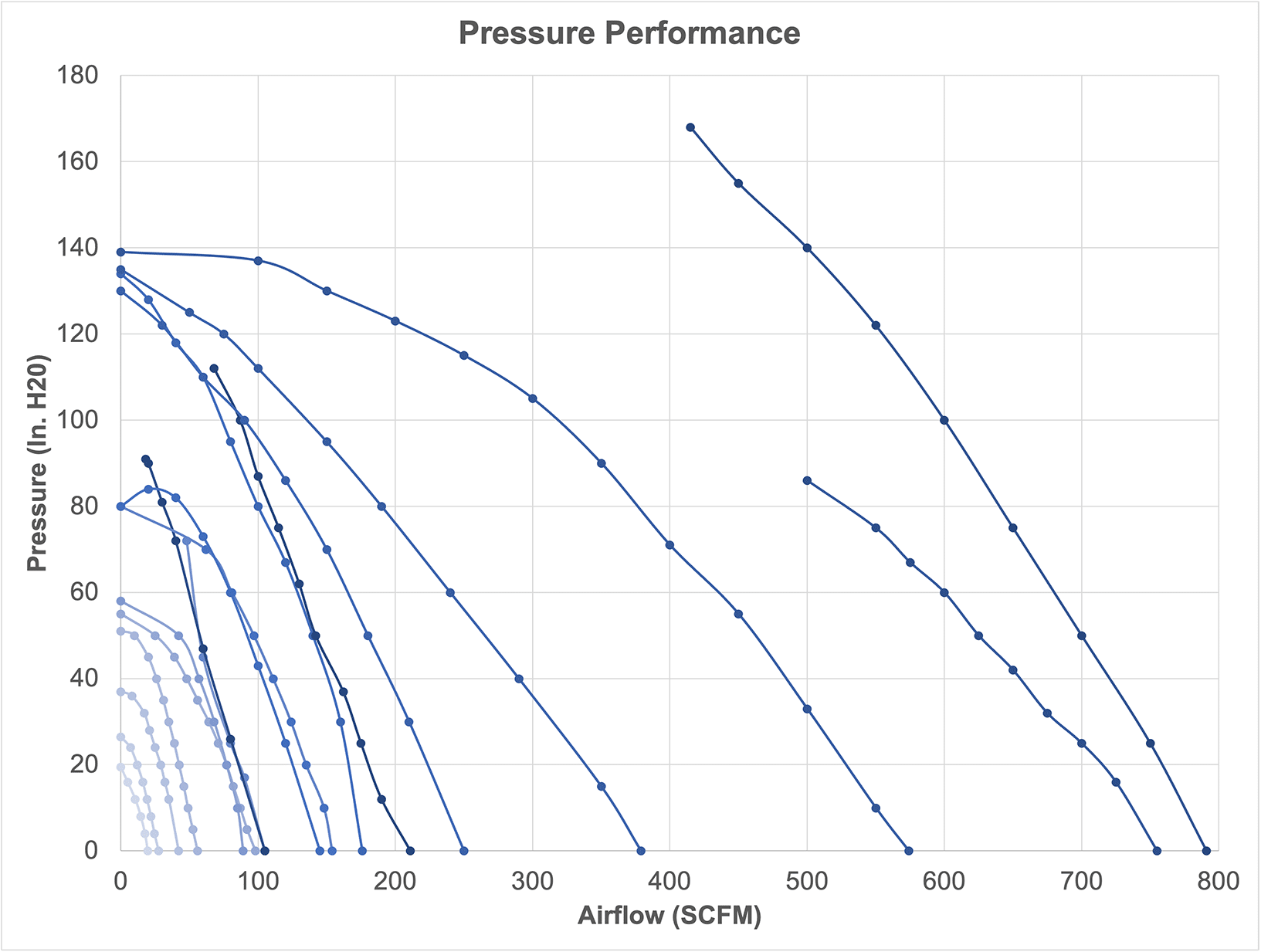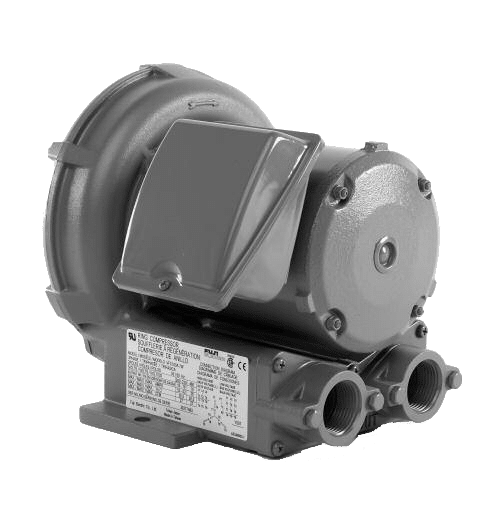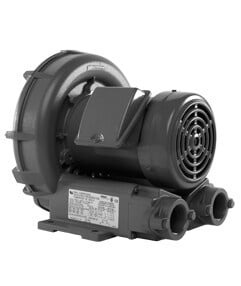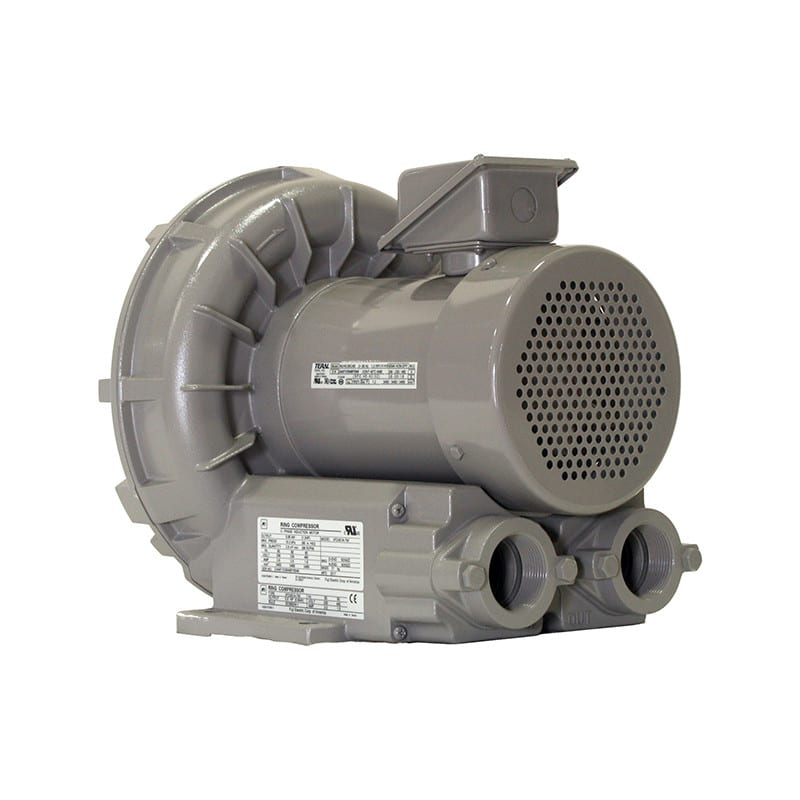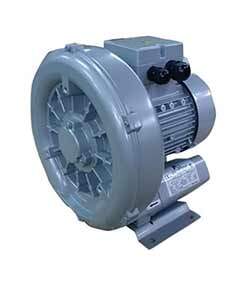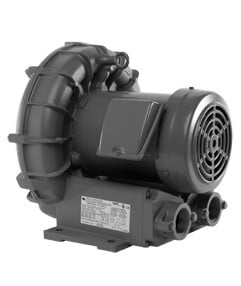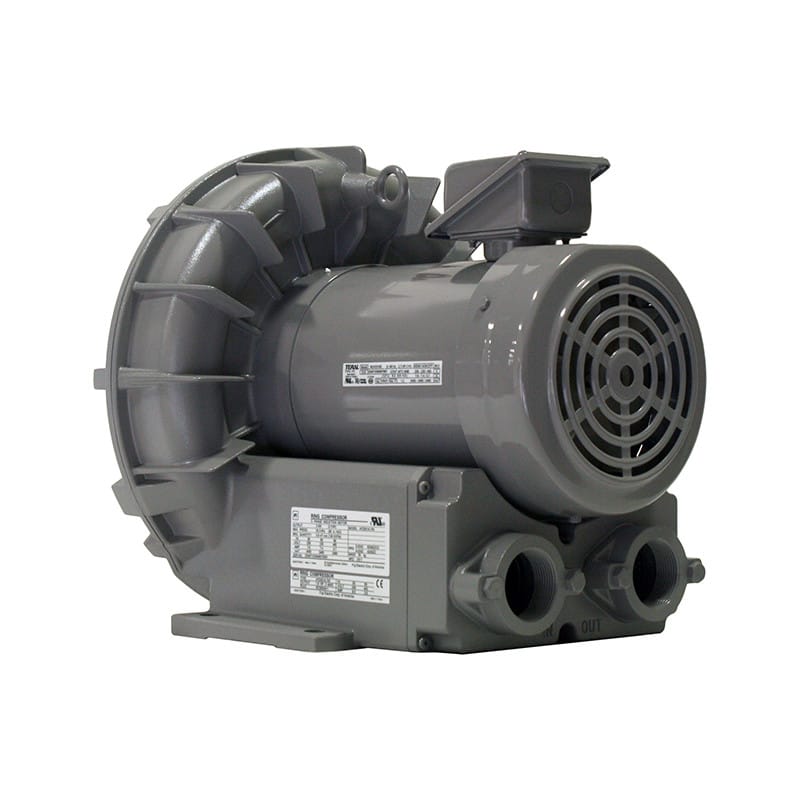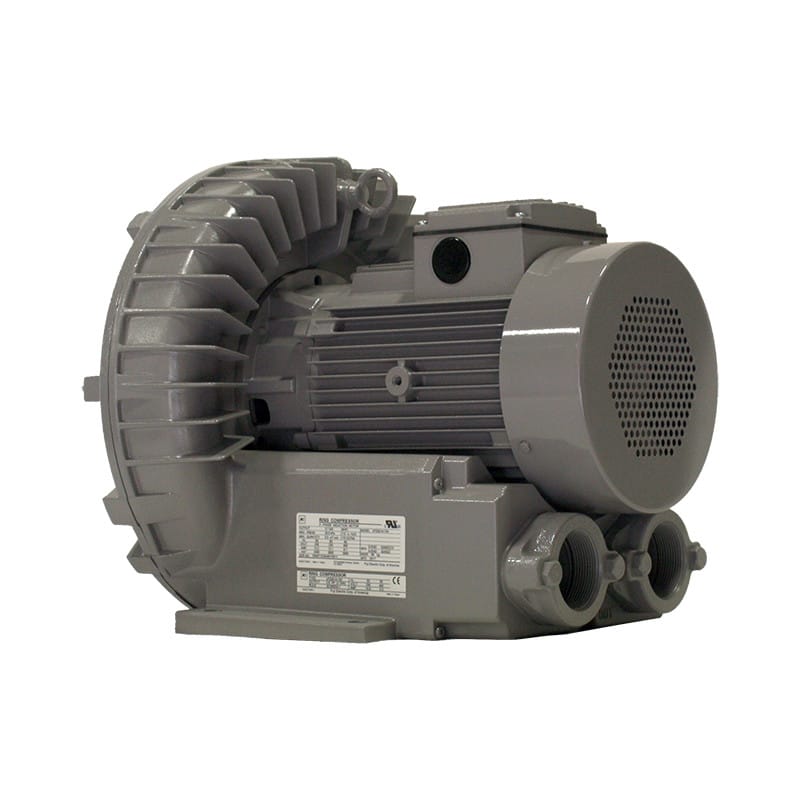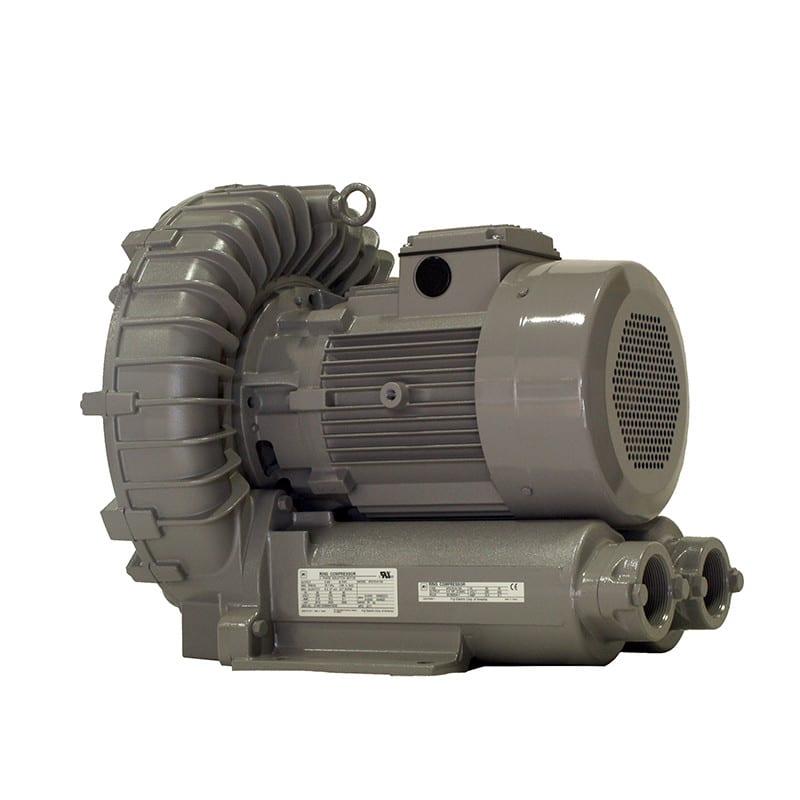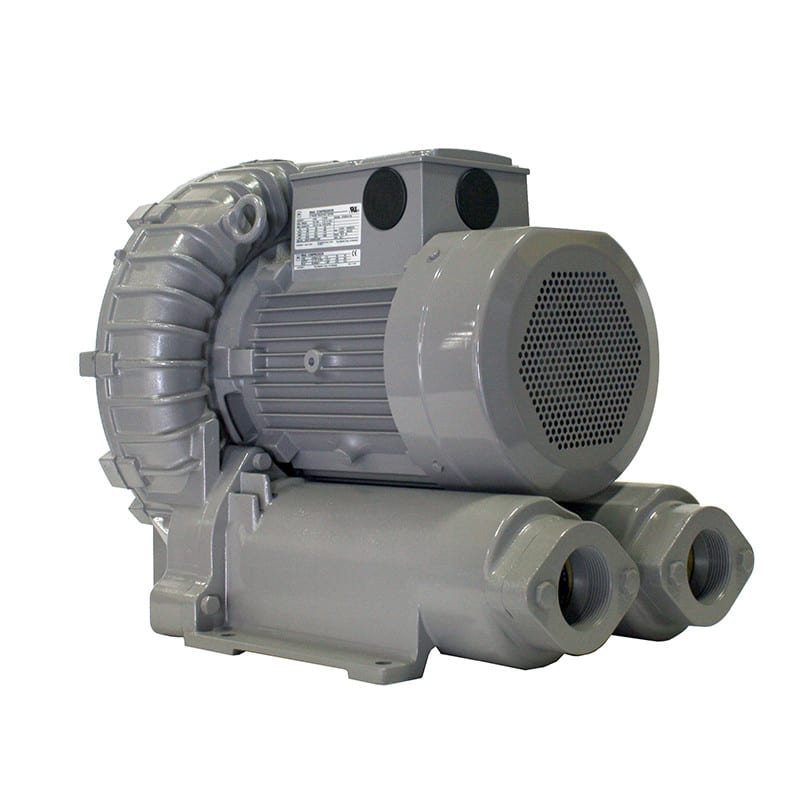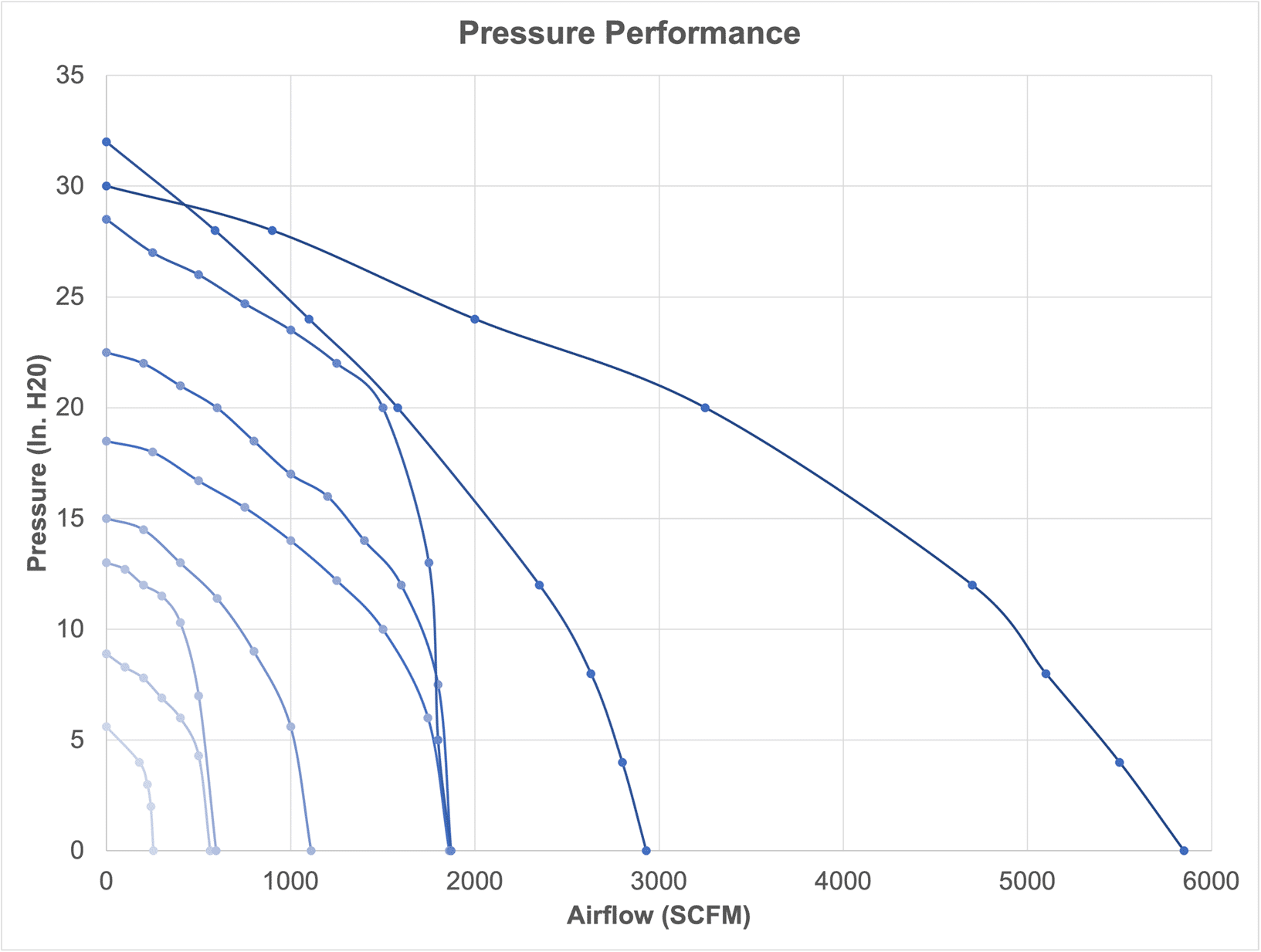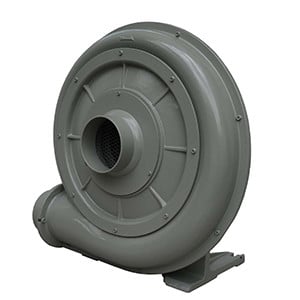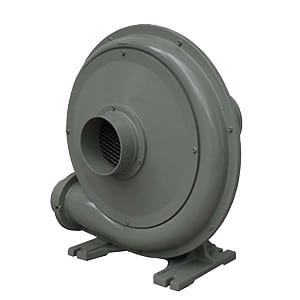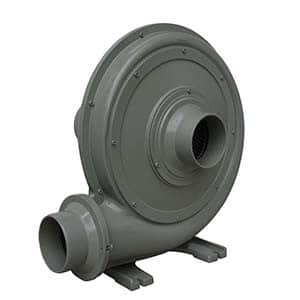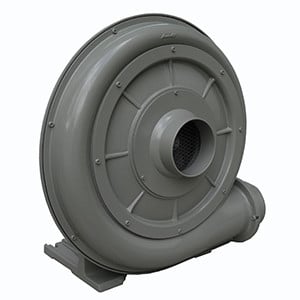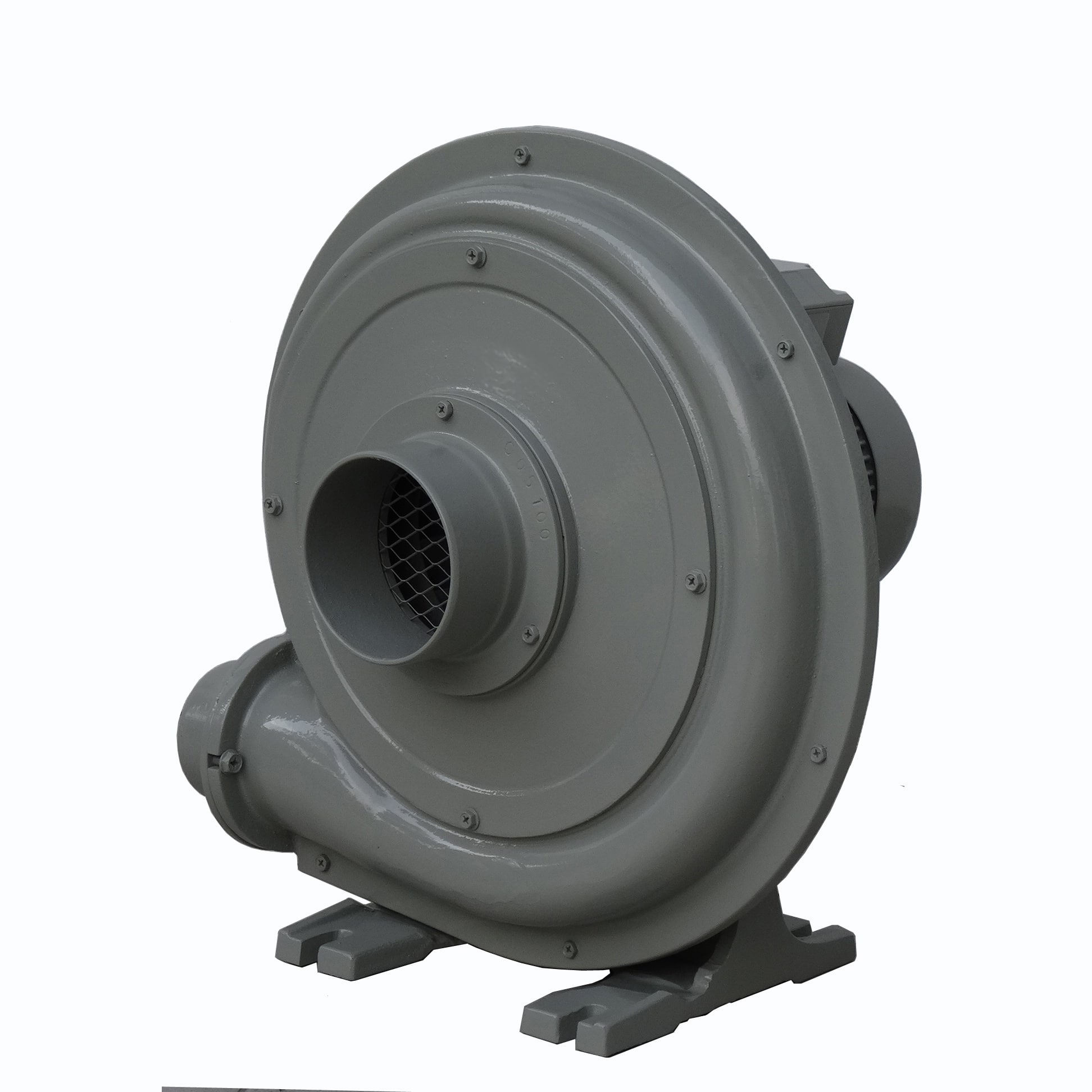IGBTs (Insulated Gate Bipolar Transistors) are widely used in power electronic systems due to their efficiency and performance characteristics. However, they come with inherent trade-offs that must be balanced depending on the application. Here are some key trade-off relations in IGBT power devices: 
- Switching Speed vs. Conduction Losses: There’s a fundamental trade-off between the switching speed of the IGBT and its conduction losses. Faster switching speeds can reduce energy loss during the switching process and improve the efficiency in applications like inverters and converters. However, higher switching speeds typically increase the switching losses and may lead to higher electromagnetic interference (EMI). On the other hand, devices designed for lower switching speeds generally exhibit lower switching losses but higher conduction losses.
- Blocking Voltage vs. On-State Voltage Drop: IGBTs are designed to handle different blocking voltages (the maximum voltage an IGBT can tolerate when off). Higher blocking voltages are beneficial for applications requiring high voltage handling capabilities but can result in a higher on-state voltage drop (voltage across the device when it is conducting). This increases conduction losses. Devices designed for lower blocking voltages usually have lower on-state voltage drops, enhancing efficiency during conduction at the cost of voltage handling capacity.
- Ruggedness vs. Performance: Ruggedness in IGBTs refers to their ability to handle high-stress operating conditions such as short circuits, elevated temperatures, and voltage spikes. More rugged IGBTs ensure reliability and durability in harsh environments but may compromise on performance factors such as efficiency and speed. Non-rugged IGBTs may offer better performance but at a reduced tolerance to adverse conditions.
- Cost vs. Performance: Higher performance IGBTs, which include features such as fast switching and low conduction losses, are typically more expensive. The choice between cost and performance must be balanced based on the application requirements and budget constraints.
- Size vs. Current Capability: The physical size of an IGBT is generally proportional to its current handling capacity. Larger IGBTs can handle more current, which is beneficial for high-power applications but results in a larger and potentially more expensive design. Smaller devices are less capable in terms of current but are more compact and cheaper.
Choosing the right IGBT involves understanding these trade-offs and selecting a device that best meets the specific needs of the application in terms of performance, reliability, and cost.





































